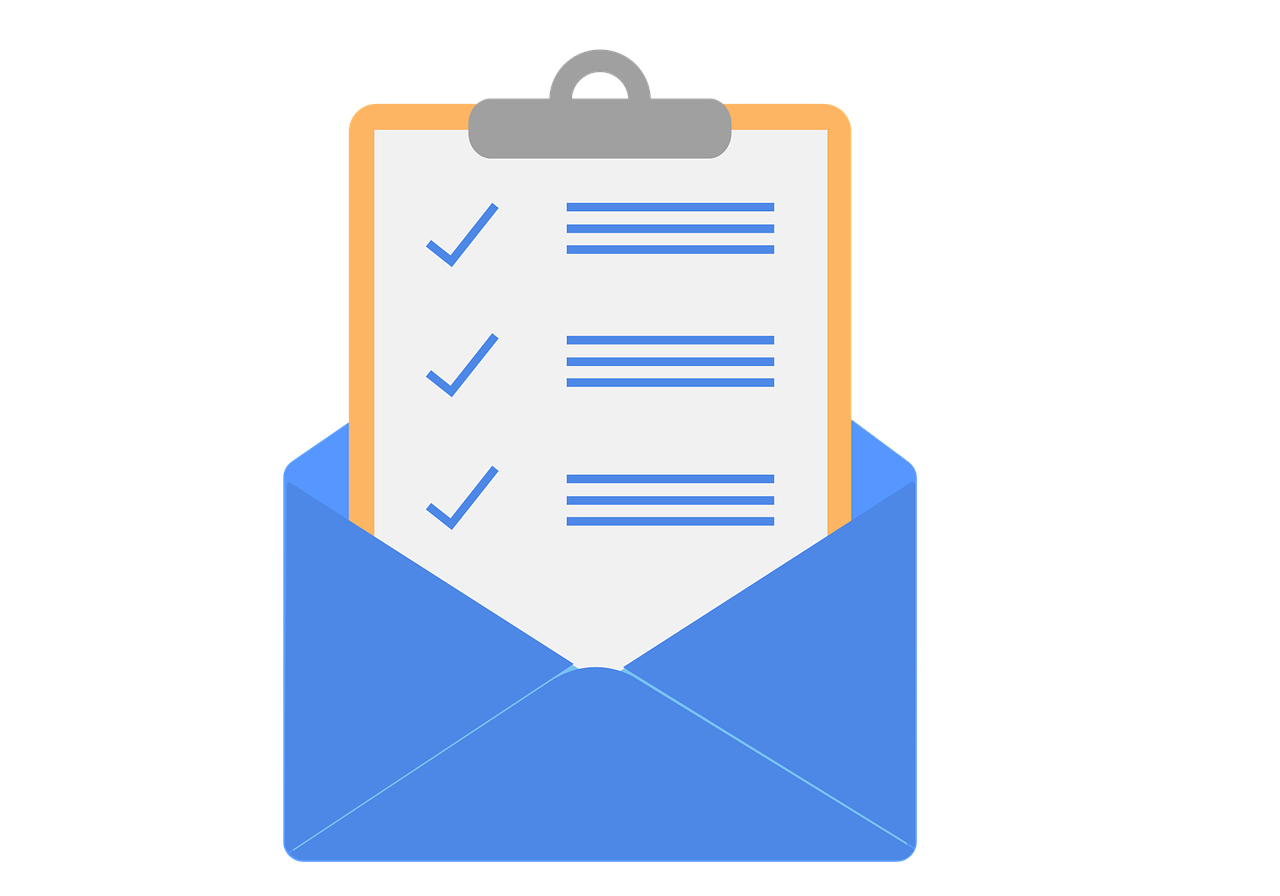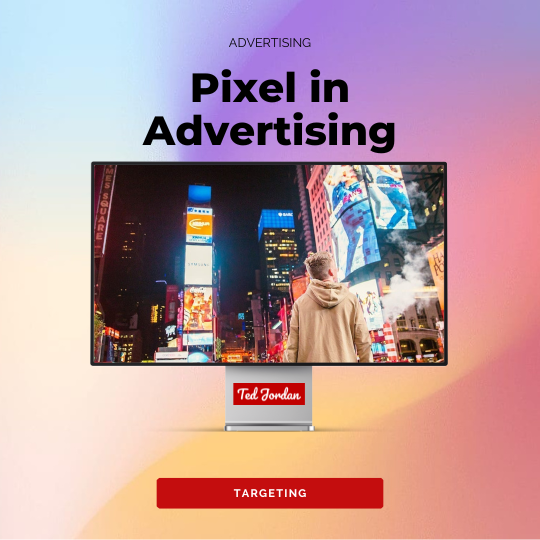If you ran advertising campaigns or if you will launch your first Programmatic campaign soon, you probably heard of the term cookieless targeting. Indeed, the Programmatic field is slowly moving to a cookieless world: this is called cookieless Programmatic. The main reason of these changes is users’ complaints.

Cookies are largely used in digital advertising because they bring a lot of information to advertisers. Just in Q3 2023, “cookies were used for 78% or more of US programmatic ad buys across industries” (source). Cookies help advertisers show ads to the best audience possible and bring a personalised feeling when users visit their website. Cookies also help advertisers collect data.
So what Programmatic cookieless targeting options advertisers could use in order to be privacy-friendly and accurate with their ad targeting? And what is cookieless targeting?
What does cookieless targeting mean?
Cookieless targeting means that advertisers are delivering ads to their audience without using browser cookies.
Authenticated targeting and anonymous targeting will play an important role in cookieless targeting. With simple words, authenticated targeting corresponds to first-party data (login screen, consent given by users…) while anonymous targeting is related to contextual targeting (targeting is created from what users see and not who they are).
At the time we publish this article, cookies (and more precisely third-party cookies) are still used to gather data about users and to target them with ads. This will not be possible in the future.
These big changes present pros and cons, for both users and advertisers.
“in [the cookieless world of] 2025, 70% of digital inventory will be non-addressable”
What does cookieless Programmatic mean for users?
Cookieless Programmatic means less ad personalisation for users, which they might dislike. Who likes to see irrelevant ads or 10 times the same ad in one day? But it also means more control over their data and privacy, which is a good thing.
What does cookieless Programmatic mean for advertisers in terms of targeting?
For advertisers, cookieless targeting in Programmatic Advertising means: more laws to comply with (GDPR, CCPA, etc.), a change of strategy to collect and share data, more difficulty to accurately target audience. But this also represents a chance to discover new audiences because advertisers will change their advertising strategy.
We do recommend advertisers and publishers to ask for legal advice before delivering ads and collecting data in order to be compliant with data privacy laws. Indeed, rules for cookies and cookieless options may differ depending on the country or the part of the world where advertisers want to run Programmatic campaigns.
With a cookieless world ahead, it might seem challenging to target accurate audiences and gather campaign data for optimisation. The great news is that cookieless targeting solutions exist for Programmatic and that advertisers like you have plenty of targeting options to choose from!
No credit card needed.
Cookieless targeting options
There is a large array of Programmatic cookieless targeting options:
Learn more about these cookieless solutions; discover some cookieless targeting examples now.
Zero-party data
Zero-party data represents the data users intentionally share with a brand. Advertisers can learn from this data and use it to target audiences.
For example, newsletters preferences (choice of topics to tick when joining a newsletter list) or website preferences are considered zero-party data.

First-party data
First-party data corresponds to the data which is directly collected by an advertiser after a consumer action. There are several ways of collecting first-party data and many platforms to help advertisers do so.
Businesses may use DMPs (Data Management Platforms), CDPs (Customer Data Platforms) or even CRMs (Customer Relationship Management) to collect or gather data more easily. Contextual platforms and DSPs can also be helpful to gather data and be used for a better reach or for better campaign optimisations (such as frequency capping or geolocation).
Examples of first-party data collection would be:
- Checking if a user is active by asking them to download your app in order to gain some benefits.
- Asking a user to join a newsletter to receive special discount offers and collect hashed emails to build audiences.
- Registering the number of clicks on a webpage, shopping cart items or the time spent on a page.
- For an app offering coupons, delivering a unique code for each user in order to track their actions (use of the code online or in-store).
Contextual targeting
Contextual targeting is considered the king of cookieless Programmatic targeting. Contextual targeting is based on categorisation, keyword targeting and semantic.
Some publishers, such as Yahoo, use advanced contextual targeting to target accurate audiences. In their case, it’s called Next-Gen targeting. It uses machine learning, weather information, device types and imprecise location, without fingerprinting.
Examples of contextual targeting here.

AI and machine learning
AI and machine learning have always been used in digital marketing, even more nowadays! These tools allow advertisers to discover new audiences and so, potential new customers.
A good example of AI and machine learning targeting are predictive audiences.
Predictive audiences are audiences that are most likely to do at least one action in the future. For example, most likely to convert in the next 7 days. These audiences are created from first-party data such as hashed emails or conversions.
Predictive audiences are usually classified in different categories or levels: the smaller an audience is, the most likely it will convert.
Attention metrics
Attention metrics such as viewability or view-through rate (VTR) can be used alongside machine learning to display ads to users after a certain threshold.
For example, if a video is viewed at 75% at least, an ad will be displayed. We know the person watching it is interested in the content and will most likely be interested in an ad mentioning a product or service related to the video.
Note that this process is different from using third-party cookies. Third-party cookies can be used in embedded content such as YouTube videos (like our Ad Chronicles below). When a YouTube video is embedded in a website, users need to accept cookies to watch it. YouTube then knows that the users like a type of content and will recommend similar contents to them next time they visit one of Google’s platforms.
Device ID and mobile ID
A device ID is a unique code made of letters and numbers that identifies specific devices and a mobile ID does the same but only for mobile devices. These IDs can be used to track users in order to target or retarget them with customised ads.
Some tech companies use device IDs to track users’ behaviour and then create personas. This way, they create accurate audiences while respecting privacy laws and can target specific audiences. A persona could be “user (=device) who likes sports content, uses workout apps and orders regularly sportswear” for example.
Another example of cookieless targeting in advertising, with the help of device ID, would be: a user who downloaded several brain games on their phone could be targeted with ads for a logic game like Rubik’s Cube later on.
In Programmatic, mobile ID can also be used for Drive-to-Store campaigns or to track mobile IDs location: visits in certain shops, streets, fast-food restaurants, luxury places, etc. The data collected thanks to mobile ID are transformed into personas or audiences for targeting purposes.
[More information about device IDs and mobile IDs.]
Unified ID
In order to target users without cookies, some Programmatic platforms like The Trade Desk (TTD) created tailored Programmatic cookieless targeting features. In the case of The Trade Desk, they built Unified ID 2.0.
Unified ID is a holistic targeting and measurement option which is privacy-conscious. This cookieless targeting feature offers great precision thanks to some cross-device and omnichannel elements. To explain Unified ID with simple words, The Trade Desk and their partners create different IDs on their side then check if there is some path or pattern between IDs: if there is, they match IDs to find unique users or audiences.
This targeting solution is perfect for clean rooms or CDPs (Customer Data Platforms).
A similar system has been created by a French data company, Alliance Gravity, where agencies and publishers share unique IDs between them, to identify each unique user. They match IDs thanks to IP addresses or direct linking (piggybacking). This particular way of tracking and targeting is quite similar to cookies.
Clean rooms are a piece of software that lets advertisers match data without sharing any PPI (Personal Identifiable Information) or raw data between them.
Behavioural targeting
Similar to contextual targeting, advertisers can use behavioural targeting as a cookieless option. Behavioural targeting analyses actions done by website or app users and finds patterns in order to show users the best ad at the best time.
Imagine that you are a coffee beans seller and your goal is to increase orders or subscriptions. You could show an ad only to visitors who came from your newsletter. This ad would ask users to enter their phone number to avail of a unique offer: 10% off their next order.
This way, your most loyal customers will share their phone number with you (=more data) and will order more coffee (=more orders)!
Loyalty and reward programmes
Loyalty and reward programmes are perfect to collect and share first-party data while being cookieless. This is possible through shared loyalty programmes (also called coalition loyalty programmes): several brands are pulling together to create a single loyalty programme that users can use across all brands. It works the same with reward programmes: think about American Express Membership Rewards for example.

Plan your cookieless strategy now
Now, you know what cookieless Programmatic targeting options exist and you can use some of them for your next marketing campaign: zero-party data, first-party data, contextual targeting, device ID, Unified ID, etc. The most important task before taking any actions is to know what is allowed or not allowed in the country you are targeting.
Again, we recommend asking your legal team for some advice before putting in place cookieless targeting.
Understanding the intricacies of Programmatic Advertising is also a must to increase your chances of success. That’s why Ted Jordan created a comprehensible Online Course for Programmatic users.
Then, think about your next moves and start putting a strategy in place. Collect more first-party data via surveys, newsletters or QR codes. For example, track your users by implementing a unique QR code per area if you advertise through DOOH.
Need some help with your Programmatic campaigns? Contact us now!




